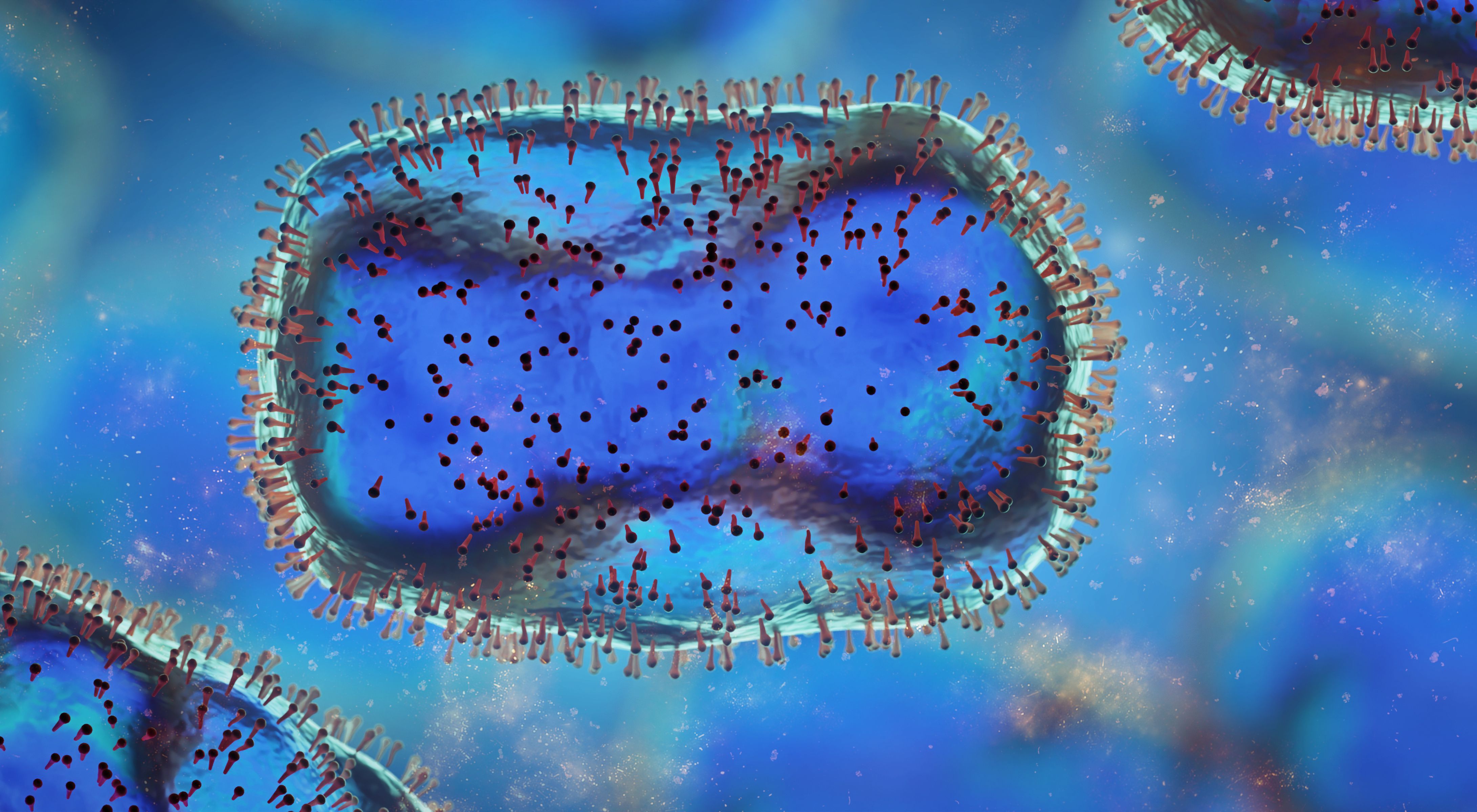Oral Tecovirimat for Monkeypox Proctitis: 2 Case Studies
2 Washington, DC monkeypox patients presented with lesions and proctitis, and were treated with oral tecovirimat.

Since May 2022, a monkeypox epidemic occurred across 87 countries where the virus is not endemic. There are now 40399 confirmed monkeypox infections globally, according to the Centers for Disease Control and Prevention (CDC), and 14115 in the United States.
Monkeypox illness includes systemic symptoms, the most infamous of which are fluid-filled skin eruptions that may be severely uncomfortable or painful. The virus is commonly spread through skin-to-skin contact, such as during sexual intercourse, and recent patients have been presenting with genital and anal lesions.
A new case study, published in the Annals of Internal Medicine, examined whether oral tecovirimat could effectively treat monkeypox patients. Specifically, the investigators analyzed the efficacy of oral tecovirimat for proctitis with perianal lesions and severe anorectal pain.
Patient 1
The case report included 2 patients in Washington, District of Columbia (DC). The first patient was a 26-year-old man who developed rectal pain and clear discharge 6 days after anal intercourse. The man was taking HIV pre-exposure prophylaxis (PrEP), and he tested negative for HIV, syphilis, Neisseria gonorrhoeae, and Chlamydia trachomatis.
In the days since hospital presentation, he developed a fever of up to 38.7 °C, painful bilateral inguinal lymphadenopathy, and eye pain and redness. On day 4, the fever abated, but he developed new itchy and painful lesions in his mouth, face, and perianal area, as well as severe rectal pain. There were multiple pustules scattered across his body, with a 3 cm ring of erythema surrounding the anal verge.
After polymerase chain reaction testing, the patient’s lesions were positive for orthopoxvirus DNA. He was discharged with supportive care, but over the next 72 hours, the rectal pain necessitated opioids and he developed new skin lesions.
On day 9 of symptoms, the patient began treatment with oral tecovirimat, administered at 600 mg twice a day. His pain improved within 36 hours and skin lesions ceased forming. The patient’s rectal symptoms and skin lesions resolved by day 7 of the 14-day tecovirimat therapy. He reported no adverse events.
Patient 2
The second patient included in the DC case study was a 37-year-old man who developed rectal bleeding, fatigue, and fever up to 39.3 °C 11 days after anal intercourse with a man who was alter diagnosed with monkeypox. The man was receiving HIV PrEP, and was negative for HIV, syphilis, N gonorrhoeae, and C trachomatis.
The fever and fatigue only lasted 1 day, but on day 3, he developed painful skin pustules in the perianal area and across his limbs and trunk. All 3 lesions samples were positive for orthopoxvirus.
On day 9, the patient experienced sever rectal pain and was prescribed opioids. He continued developing new skin lesions. On day 10, he began treatment with 600 mg of oral tecovirimat twice daily. the pain lessened within 48 hours, and there were no new lesions. His rectal symptoms resolved before day 5. The patient reported mild fatigue after initiating tecovirimat.
Discussion
A total of 350 monkeypox viral infections have been confirmed in Washington, DC—the most per capita in the US. Among the DC patients, 69% were 25-39 years old, 98% were male, 48% White, and 37% Black.
The study authors noted that there is no approved antiviral for monkeypox, but approved smallpox antivirals, including tecovirimat, cidofovir, and brincidofovir, are expected to be effective therapies.
Both patients had a rapid resolution of rectal pain after beginning oral tecovirimat treatment, with few to no reported side effects. The investigators recommended further research into early administration of tecovirimat for monkeypox patients with severe proctitis.
